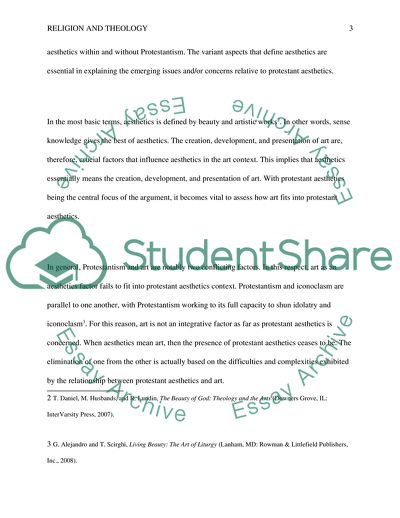Cite this document
(Protestant Aesthetic Essay Example | Topics and Well Written Essays - 2000 words, n.d.)
Protestant Aesthetic Essay Example | Topics and Well Written Essays - 2000 words. https://studentshare.org/religion-and-theology/1794691-was-there-such-a-thing-as-aprotestant-aesthetic
Protestant Aesthetic Essay Example | Topics and Well Written Essays - 2000 words. https://studentshare.org/religion-and-theology/1794691-was-there-such-a-thing-as-aprotestant-aesthetic
(Protestant Aesthetic Essay Example | Topics and Well Written Essays - 2000 Words)
Protestant Aesthetic Essay Example | Topics and Well Written Essays - 2000 Words. https://studentshare.org/religion-and-theology/1794691-was-there-such-a-thing-as-aprotestant-aesthetic.
Protestant Aesthetic Essay Example | Topics and Well Written Essays - 2000 Words. https://studentshare.org/religion-and-theology/1794691-was-there-such-a-thing-as-aprotestant-aesthetic.
“Protestant Aesthetic Essay Example | Topics and Well Written Essays - 2000 Words”. https://studentshare.org/religion-and-theology/1794691-was-there-such-a-thing-as-aprotestant-aesthetic.


